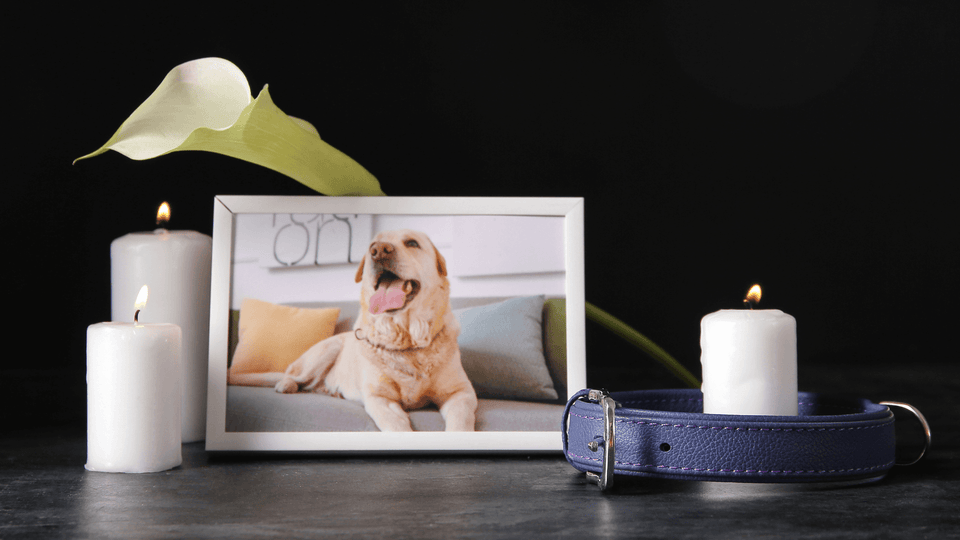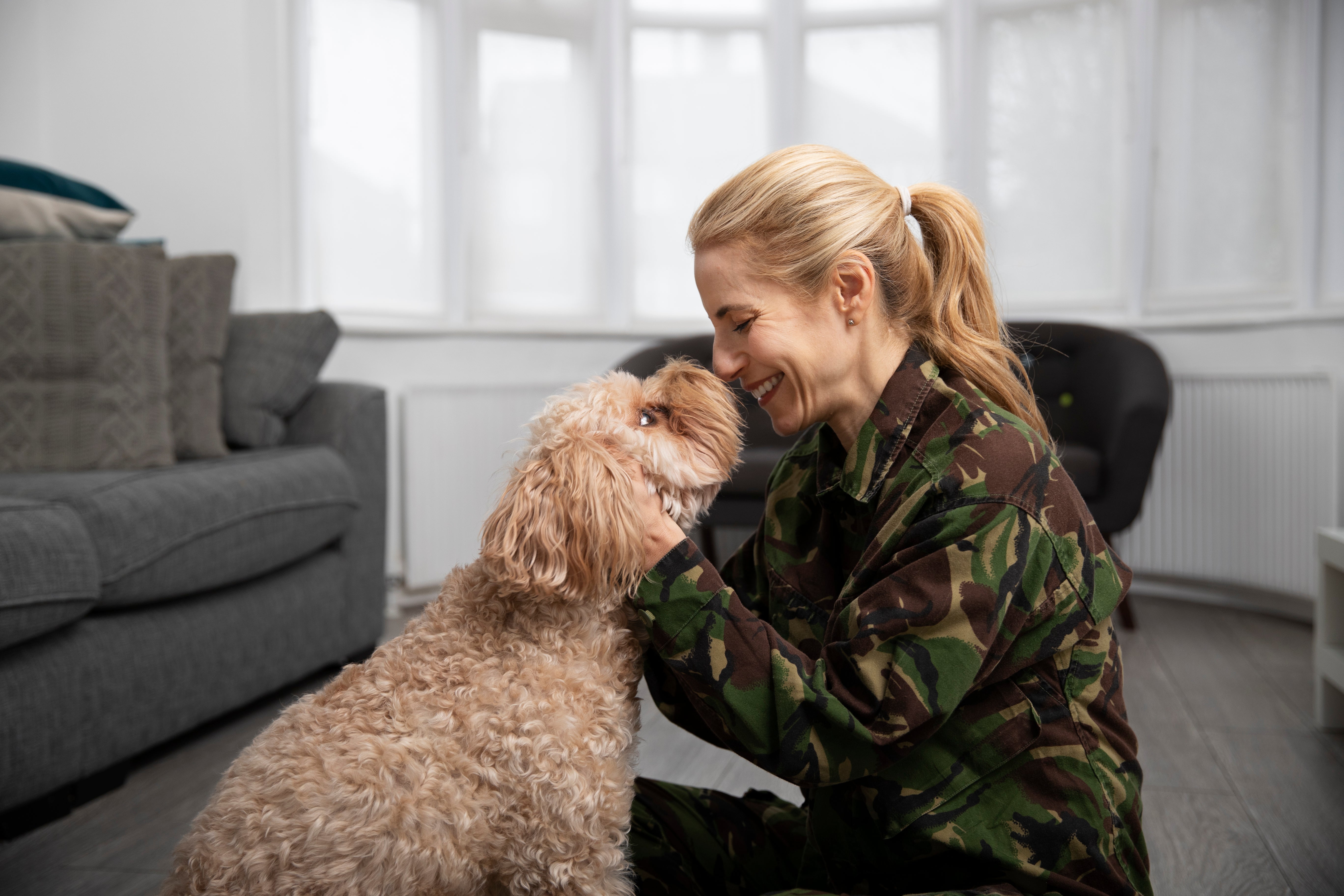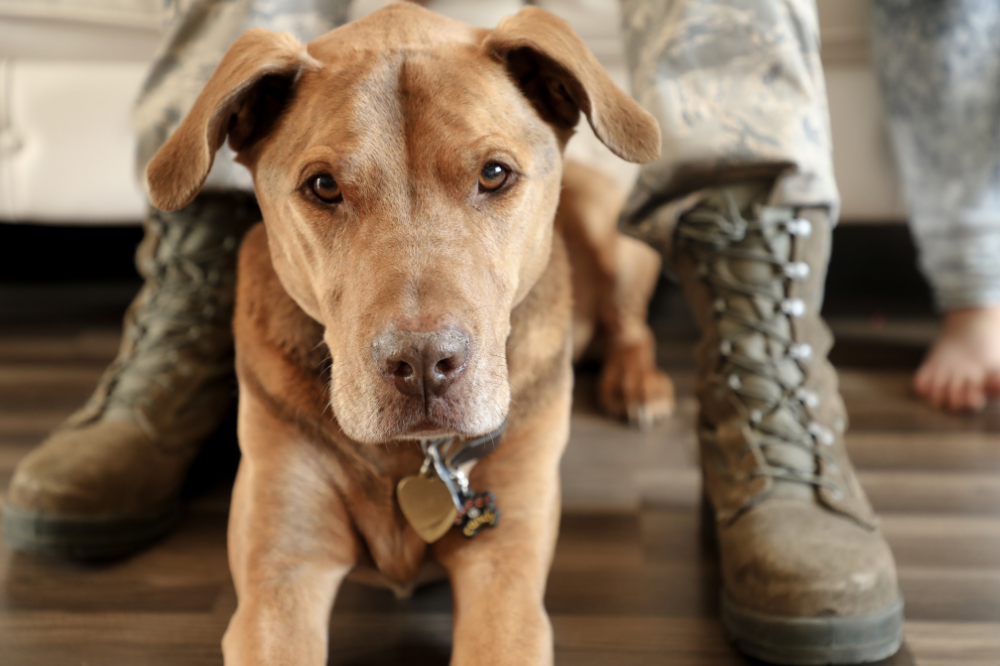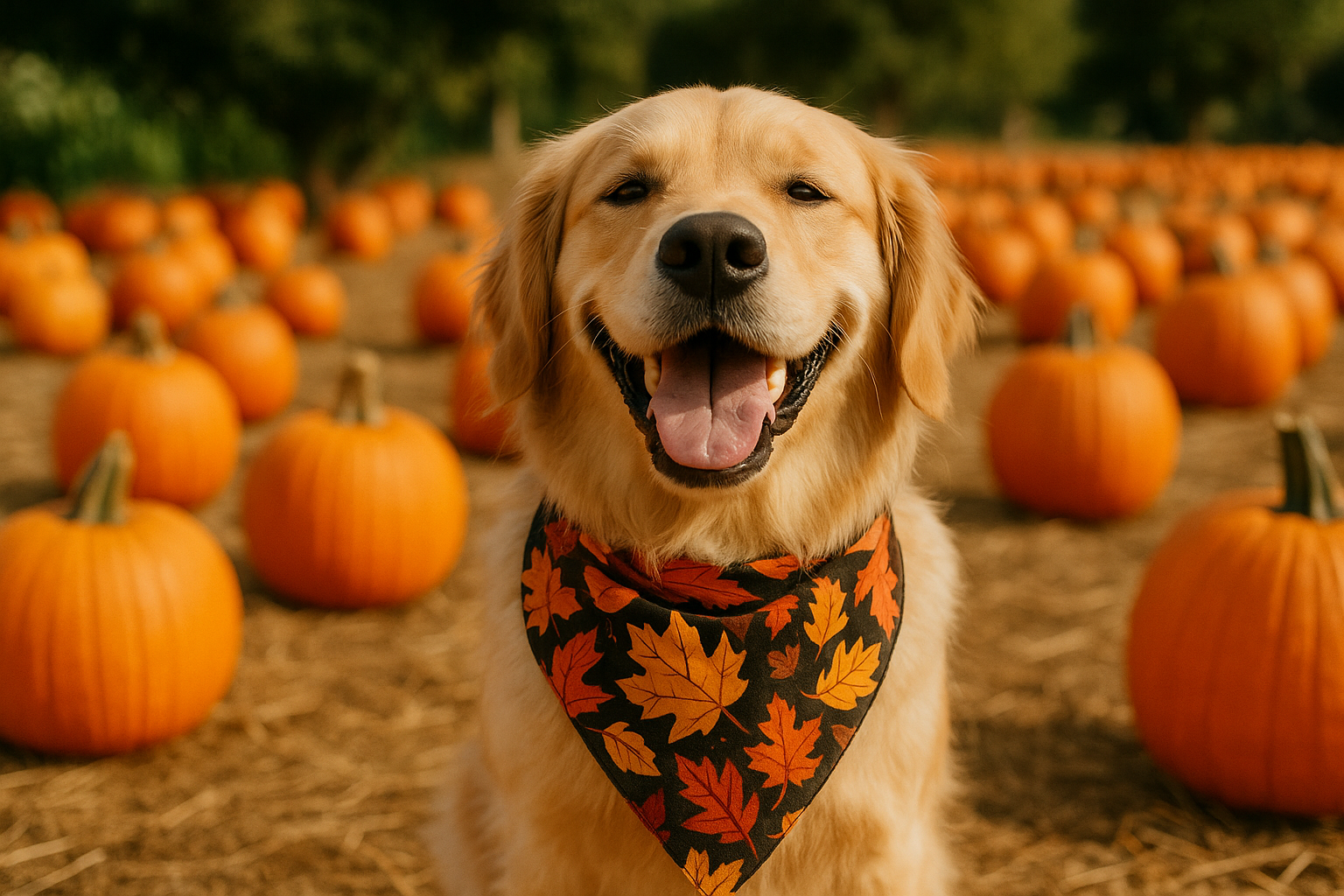
Helping Dogs & Cats Grieve at Home After a Fellow Pet Dies: A Plan for The Whole Family

When a dog or cat passes away, surviving pets feel the change first. This guide gives you a calm plan to steady routines for dogs and cats while also helping kids and the rest of the family adjust with gentle rituals that include everyone.
First Things First: Surviving Pets Feel the Change
Dogs and cats can grieve. You might notice searching, pacing, clinginess, vocalizing, appetite or sleep changes, or a decrease in energy. The goal isn't to "fix" feelings, it's to steady the environment so they can process safely.
Week 1 Game Plan for Surviving Pets
Days 1 - 3: Stabilize
- Keep the schedule identical. Walks, meals, cuddle and play time at the same times and same order.
- Comfort scents. Leave a blanket or bed cover that carries the lost pet's scent for a few days; remove gradually.
- Calm corners. Create one quiet retreat per pet with their favorite bed and a blanket.
- Lower stimulation. Shorter, calmer outings and briefer visits help nervous systems settle.
Days 4 - 7: Gentle Activation
- Micro-play sessions. 2 to 3 minutes of fetch or feather wand play, 3–5× daily.
- Sniff walks & foraging. Indulge their senses through yard and familiar outdoor sniff times without rushing them.
- Reassurance without over coddling. Reward calm routines more than anxious checking-in.
Keep a careful watch on behavior changes and call your veterinarian if a pet skips meals more than 24 to 48 hours, or shows extreme lethargy, distress vocalization, aggression, or self-injury.
Dog Specific Support
- Predictable movement. Two structured walks at consistent times; add 5 to 10 minutes of sniffing at the end.
- Home base. Refresh their bed cover and add a throw so it always feels and smells familiar. Try a supportive orthopedic bed or donut bed for stable rest.
- Separation warm-ups. Practice 3 to 5 minute absences with a safe chew; extend gradually to avoid any new separation anxiety.
- Social dosing. If your dog thrives on dog–to–dog contact, try a short, calm meetup with a familiar friend but skip hectic parks during the beginning period.
Cat Specific Support
- Resources × pets (plus one). Be sure to have litter boxes, food, water, scratchers, resting spots provide at least n+1 and spread them out. (N = number of cats in household plus an additional 1).
- Vertical safety. Add a cat tree, perch or shelf by a window; quiet vantage points lower stress.
- Slow scent swap. Promote togetherness by using a soft cloth to gently rub each cat's cheeks and swap cloths daily for a week to maintain group scent.
- Play, eat, sleep rhythm. 3 to 5 minutes of wand play → small meal → nap in a warm sunny spot.
Managing Multi Pet Dynamics After a Loss
- Reset introductions if tension pops up: set up short, positive time together; reward calm glances with soft gentle encouraging words; keep exits open to avoid anxiety.
- Guard high value resources. Feed separately or supervise feeding time and use individual food puzzles to prevent scuffles.
- Watch for grief "bullying". Anxious pets may over groom even fur pulling or shadow/stalk other pets. Create one-on-one enrichment so attention needs don't escalate into a conflict.
Environment Checklist (Quick Wins)
- One quiet retreat per pet (bed + throw/blanket).
- Meal and walk times posted on the fridge.
- Enrichment bin (chews, snuffle mat, puzzle feeder, wand toy).
- Fresh air & light: 5 to 10 minutes of sunlight by a window or on the porch daily.
- Gentle soundscape (white noise/soft music) during absences.
What to Do With Belongings of the Pet Who Passed
- Don't purge immediately. Keep 1 to 2 familiar items for a week; remove gradually.
- Repurpose with intention. Move a favored bed to a calm corner so it becomes a comfort anchor, not a trigger.
When to Call the Vet or a Behavior Professional
Appetite off greater than 48 hours, sudden accidents inside, persistent pacing or crying, aggression, self-injury, or severe withdrawal warrant a veterinary check and a behavior plan. Ask about health and well-being check up as grief can unmask other health issues.
Supporting Kids and the Rest of the Family
Talk Simply, Validate Freely
- Be clear: "Rosie died." Avoid "went to sleep."
- Name feelings: "Sad, mad, confused are all okay."
- Invite jobs: Let kids refresh water bowls, place a photo in each pet's corner, or help with a short memorial.
Use Pet Routines to Steady the Household
Keep the stabilized pet schedule as the family's routine to participate in together: meals, movement, and bedtime. Predictability lowers anxiety for everyone.
A 10-Minute Family Ritual That Includes Surviving Pets
- Sit in each pet's calm corner for one minute; breathe together.
- Say one favorite memory of the pet who died.
- Offer each surviving pet a small treat and a soft head rub.
- End with a short walk or wand play. Grieving activities end with a positive gentle action.
A Simple 2 Week Plan (Printable)
Week 1: Stabilize
- Same walk/meal times; individual calm corners set.
- Three micro play sessions per day per pet.
- Scent cloths and gradual removal of old belongings.
Week 2: Rebuild
- Add one new enrichment daily (safe chews, food puzzle, new perch).
- Short social exposure (familiar dog friend play date / supervised room share and play for cats).
- Family ritual 2 to 3× this week.
FAQ
How long will my other pets grieve?
It varies. Many adjust over a few weeks as routines stabilize and enrichment returns.
Is getting another pet a good idea right away?
Wait until surviving pets and humans are sleeping, eating, and playing on a consistent schedule again. Calm introductions are easier when everyone's regulated.
What if my dog becomes clingy or my cat hides?
Normalize, then gently work back into their normal routine: brief separations with a chew for dogs; add vertical spaces and play–eat–sleep cycles for cats; consult your vet if it persists.

Short rituals that include surviving pets help kids and adults process change.
We hope that this blog helps when dealing with a pet's death. This article is informational and not medical advice. If you're concerned about your pet's health or behavior, contact your veterinarian.
Share this article
written by


